Dairy farming on a grand scale in South Africa
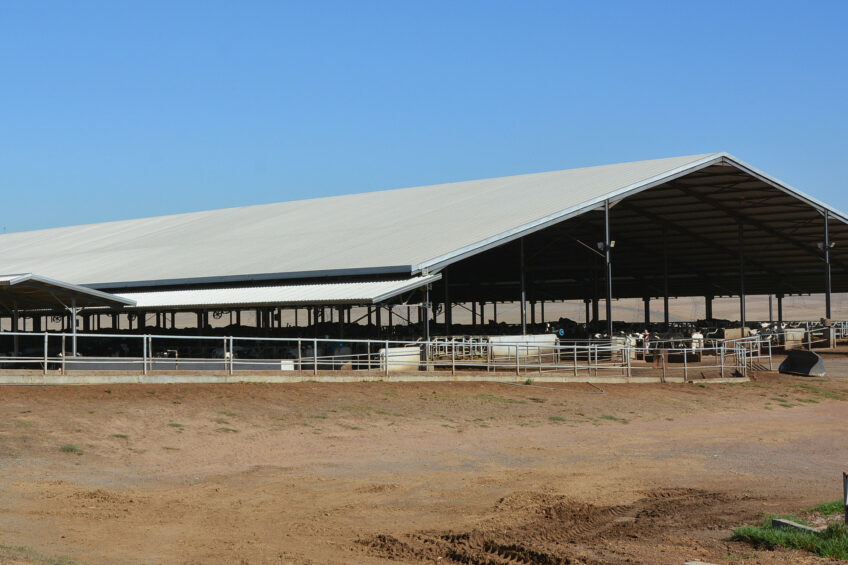
Situated just 35km from Cape Town lies the Loubser family’s Fair Cape Dairies which currently produces 70 million litres of milk per year from its herd.
The farm is run today by 5 brothers from the Loubser family, each of whom head up a different department. Melt Loubser is the chief executive officer and his brother Johannes looks after the dairy herd. The herd consists predominantly of Holsteins (2,500), 350 Ayrshire cows and 250 Jerseys. The farm has 2,500 hectares of workable land and harvests 1,000 hectares of wheat each year with an average yield of 4.5 tonnes per hectare over the past 5 years. There are another 1,500 hectares of maize silage, lupins and oats also harvested each year. And, as wine is a big deal in South Africa, the Loubsers also have an irrigated vineyard that extends to 100 hectares where they harvest 8 tonnes to the hectare of cabernet sauvignon, 11 tonnes per hectare of pinotage and 10 tonnes per hectare of sauvignon blanc.

Milk production per day
The cows are milked 3 times per day:
- Holsteins averaging 40 litres per day;
- Ayrshires averaging 50 litres per day
- Jerseys averaging 22 litres per day.
Fair Cape Dairies product range
In total the farm produces 88,000 litres of milk per day which is sent to the processor to be manufactured into Fair Cape Dairies own range of products including yoghurts and butter. On average, across the board, it costs the farm 5 Rand (€ 0.34) to produce one litre of milk taking labour and everything into account and it receives 5.40 Rand (€ 0.37) per litre from the processor. Johannes said: “Fair Cape was started in 1995 and has grown substantially over the years to where it is today. We produce 1.5 million litres of fresh milk each month along with 1.5 million litres of long life milk, 1.2 million litres of yoghurt, 400,000 litres of dessert and milkshakes and a further 1.2 million litres of fruit juice each month.
“Fair Cape Dairies is home to around 5,000 animals of which half are in the main milking herd. The Ayrshire cows were introduced to the herd 8 years ago. They milk very well and last longer than the Holstein cows. The Jerseys were introduced as a bit of a hobby herd but they also make a valuable contribution to our milk quality and supply. “As we send milk to produce different dairy products we require higher levels of protein and butterfat, and the Ayrshire breed can help achieve that in the mix. While the Holstein cows produce milk at 3.7% butterfat, the Jerseys and Ayrshires are pumping out milk at 4.3% butterfat”.

Keeping the cows cool
Cows are kept indoors all year long in cool sheds to reduce heat stress and are walked to the 64 point Rockwood rotary parlour 3 times per day at milking times.
In order to maintain the highest welfare levels possible, the sheds are built with the latest technology to ensure each cow has sufficient space and provides an undercover and an open air section. Hot air is channelled up and out through gaps in the roof while allowing the cooling breeze to blow through. The temperature inside the sheds is maintained at approximately 10°C cooler than outside and is controlled by a set of huge fans just above the collecting yard and in other areas. Johannes said their goal was to “create a winter storm inside the sheds in the summer time” by spraying a fine mist of water on the cows and by using the fans to create wind that circulates the air keeping the houses fresh.
While the majority of the milking cows are kept in these housed conditions in free stall cubicles with screened bedding and dry stock, younger heifers are kept in open corals with deep ‘Israeli’ bedding which consists again of screened manure which is 65% dry and 35% moist. The staff keep a close eye on them to watch out for heat stress. There are shaded areas available in the open corals for the animals to keep out of the sun.

Use of liquid manure
Most of the bedding material has been screened from the slurry produced by the cows by the on-farm separator system. The liquid manure is collected from the farm lagoon and is spread on alternative fields on a daily basis. In fact, there are some staff whose full time job it is to spread the manure each day for 12 months of the year.
Spending time amoung the cows
When it comes to cow health Johannes says the only way to be aware of how the herd is behaving is to spend time among the cows, every day.
He said: “To coincide with milking times the cows are weighed three times a day in order to detect any major weight fluctuations which could possibly indicate disease or other problems. Vets are on site every day and if there is a noticeable weight gain or loss the specific animal is flagged up for attention. “We have 50 workers on the farm, 11 of which concentrate on the milking. Our staff are trained regularly on cow behaviour and on the equipment. I can’t say it often enough but using expert advice, whether it be from nutritionists of breeding advisers, is crucial in our business to keep ahead,” explained Johannes.
The challenge of too many cows
Attention to detail from Johannes and his staff keeps efficiencies of the herd to a maximum but being too efficient comes with its own set of problems. It’s not a common complaint on many other dairy farms but at Fair Cape Dairies there are too many cows, according to Johannes, as calf mortality is low and cow culling rates have had to be increased to control escalating cow numbers. “Our calf mortality rate is around 6% compared to a national average of 11%. We cull around 3.5% of all cows in milk every month. Some months we have to increase that number due to pressure of heifers coming into the herd. Cows are also culled earlier in lactation if they do not meet the minimum levels of production and or type.
We have a relatively young herd and end up culling good cows as we have too many of them. There are also a number of cows in the herd yielding 100 litres a day which may seem good but it is hard on the cow too, which ends up getting culled just around the 2 lactations,” said Johannes. It may seem a nice problem to have but in reality it is quite the opposite. “Culling healthy cows does not seem to be right but it is essential to maintain manageable numbers,” he said. While the heifer calves are all raised on the farm, the bull calves are sold on to feedlot buyers who fatten and slaughter them.

Milking about 260 cows per hour
The entire herd is milked through a Rockwood 64-point rotary parlour which has been installed for the past 12 years. Workers spend 15 hours per day in the parlour which sees 360 cows per hour go through it. However, having only 64 points is proving to be a bit of a problem for Johannes who ideally would like a bigger parlour as the 64 point is not big enough. Johannes said: “We are milking around 360 cows per hour with the existing parlour but I feel that we could be more efficient with a larger rotary, probably a 75 or 80 point system. The workers are spending a long time in the parlour given that we milk 3 times per day and a bigger rotary would give the equipment and staff more of a break. A larger parlour is something that we will look at in the future but not just at the moment.” he concluded.
Join 13,000+ subscribers
Subscribe to our newsletter to stay updated about all the need-to-know content in the dairy sector, two times a week.
 Beheer
Beheer

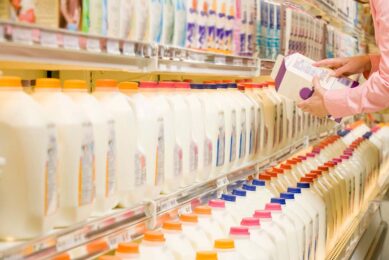
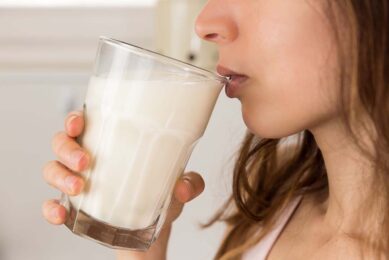
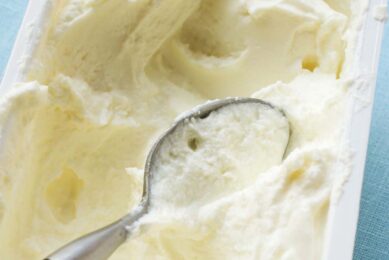
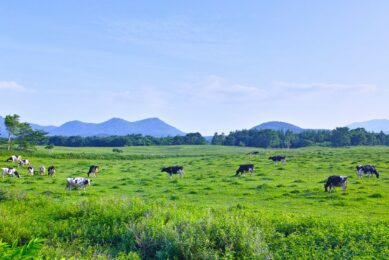
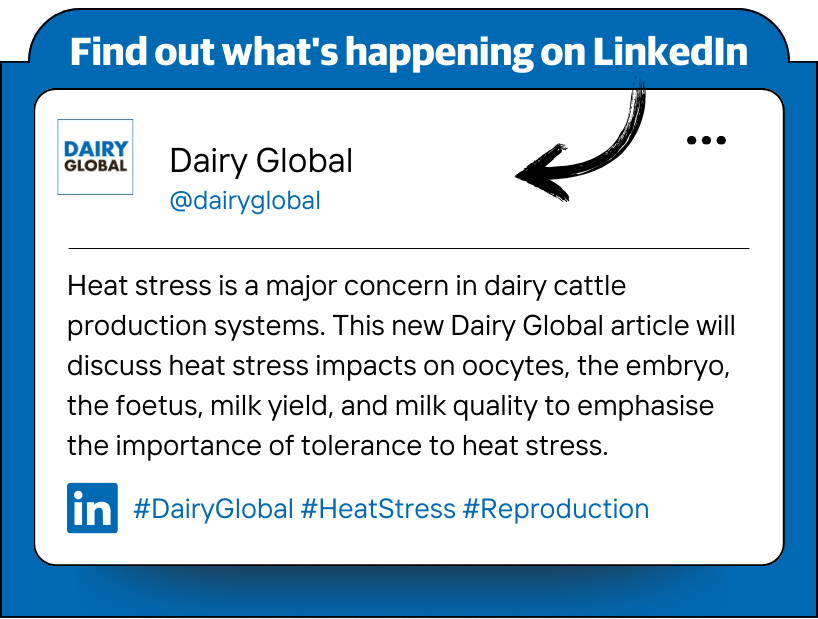



 WP Admin
WP Admin  Bewerk bericht
Bewerk bericht